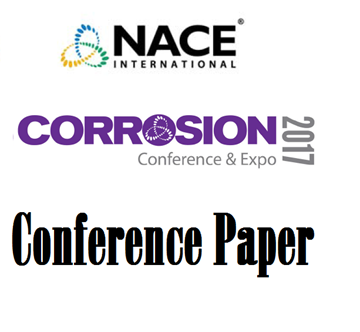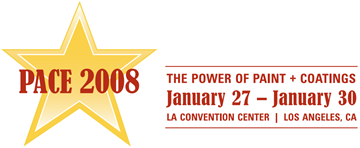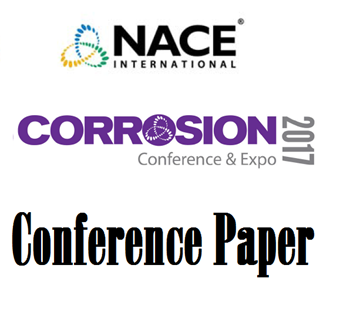Search
Products tagged with 'aluminum'
View as
Sort by
Display
per page
Characterization Of The Surface Chemistry At Corroded And Non-Corroded Sites On Aluminum Alloy 7075-T6 Samples Exposed At Coastal Locations
Product Number:
51322-17642-SG
Publication Date:
2022
$20.00
Cold-Spray Application For In-Field Corrosion And Damage Repair
Product Number:
51323-19086-SG
Publication Date:
2023
$20.00
Concerns Over Utilizing Aluminium Anodes in Sealed Environments
Product Number:
51317--8956-SG
ISBN:
8956 2017 CP
Publication Date:
2017
$20.00
Corrosion Resistance Waterborne Sol-Gel Coatings using Conventional Polyester Resin and Epoxy Modified Silane for Aluminum and Magnesium
Product Number:
41208-424-SG
Publication Date:
2008
$20.00
Effect of Heat Treatment Temperature on the Corrosion Protection Performance of Thermal Sprayed Aluminum Coating
Product Number:
41214-844-SG
Publication Date:
2014
$20.00
Efficacy Of MIL-DTL-5541 Compliant Non-Chromate Conversion Coating Repair Materials
Product Number:
51322-17625-SG
Publication Date:
2022
$20.00
Galvanic Current Density Measurements Of Anodes For Subsea Vibration Data Logger (SVDL) System
Product Number:
51321-16717-SG
Publication Date:
2021
$20.00
Liquid Metal Embrittlement in the Refining Industry – Case Histories and Common Prevention Practices
Product Number:
51323-18903-SG
Publication Date:
2023
$20.00
Painted Aluminum – Concerns with Fabrication Details and Exposure
Product Number:
41213-786-SG
Publication Date:
2013
$20.00
RP-01-69-1976, Control of External Corrosion on Underground or Submerged Metallic Piping Systems
Product Number:
53002-HD1976
Publication Date:
1976
$179.00
RP-01-69-1983, Control of External Corrosion on Underground or Submerged Metallic Piping Systems
Product Number:
53002-HD1983
Publication Date:
1983
$179.00
Sacrificial Anodes for Reinforced Concrete Structures: A Review
Product Number:
51317--9078-SG
ISBN:
9078 2017 CP
Publication Date:
2017
$20.00












